Still life: the Glenstone Museum’s extension aims for a calming experience
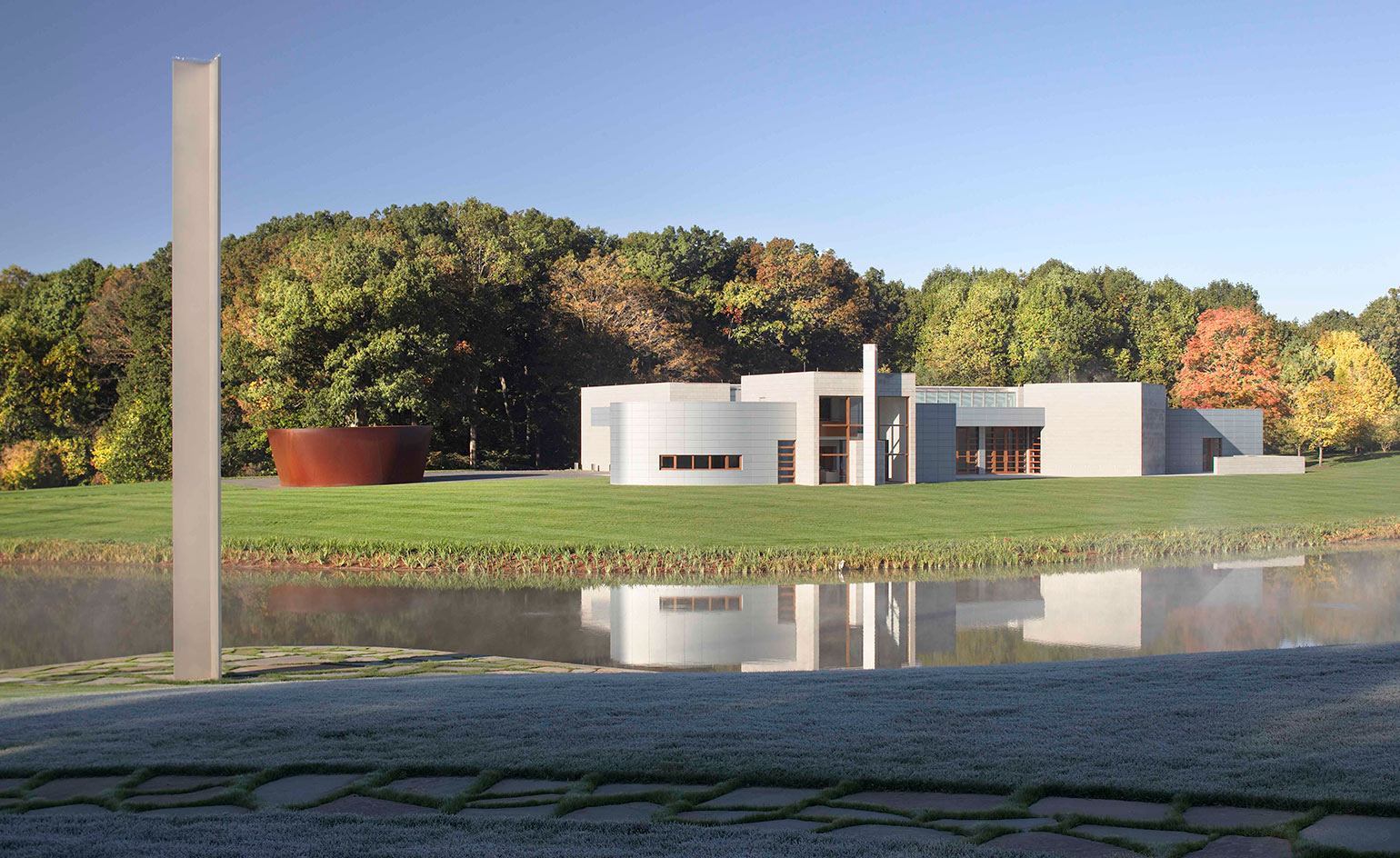
In this age of intense stimulation overload, it’s encouraging to see a museum heading in the opposite direction. Thomas Phifer and Partners’ addition to the Glenstone Museum, set to open late next year in Potomac, MD, just under 15 miles from Washington DC, is as much about meditation and serenity as it is about art and culture.
The project increases the complex’s exhibition space from 9,000 to 59,000 sq ft, and adds about 130 acres of pastoral, tree-filled landscape by Peter Walker and Partners. Glenstone’s initial facility was completed by Gwathmey Siegel & Associates in 2006.
After parking their cars, visitors approach the addition, a cluster of structures known as The Pavilions, via a ten-minute walk across a rolling, wildflower-filled meadow, up a slight ridge. Phifer calls this promenade ‘a quieting experience’. He notes, ‘Everything starts to slow down. You feel the topography as you make your way forward.’
You then reach the new complex, a dozen cast concrete rooms of varying configurations, partially embedded in the earth, interconnected by a glass clad passage wrapping around a central water court. Some of these still, timeless-feeling pavilions— lit gently from above via clerestories and skylights— will be dedicated to single artists, others to rotating exhibitions. But all will allow you to quietly commune with the work, secluded from the city, the immediate vicinity, and even, for a moment, the other sections of the museum. The final pavilion contains a viewing area to take in the expanded pasture land, which includes more than 6,000 new trees and over 40 species of plants.
The museum’s collection centres on an elite selection of post-World War II paintings, sculptures, photographs, installations and multimedia works from over 200 artists, including John Baldessari, Jasper Johns, Richard Serra, Cy Twombly, Ellsworth Kelly, Louise Bourgeois, Dan Flavin, Michael Heizer, and many more. Its founders, Mitchell and Emily Wei Rales, visited 50 museums worldwide to learn lessons from each.
‘We wanted to understand what great was,’ says Mitchell Rales, who sought to distance his museum from the crowds, hype and noise that have infiltrated so many contemporary cultural experiences. ‘I think people want more calm in their lives,’ adds Phifer, his soothing voice belying this contemplative approach.
The addition also includes a new arrival hall, offices, two cafes, a centre that highlights Glenstone’s sustainability efforts, and monumental public art from the likes of Jeff Koons and Tony Smith. Admission to the museum will remain free.
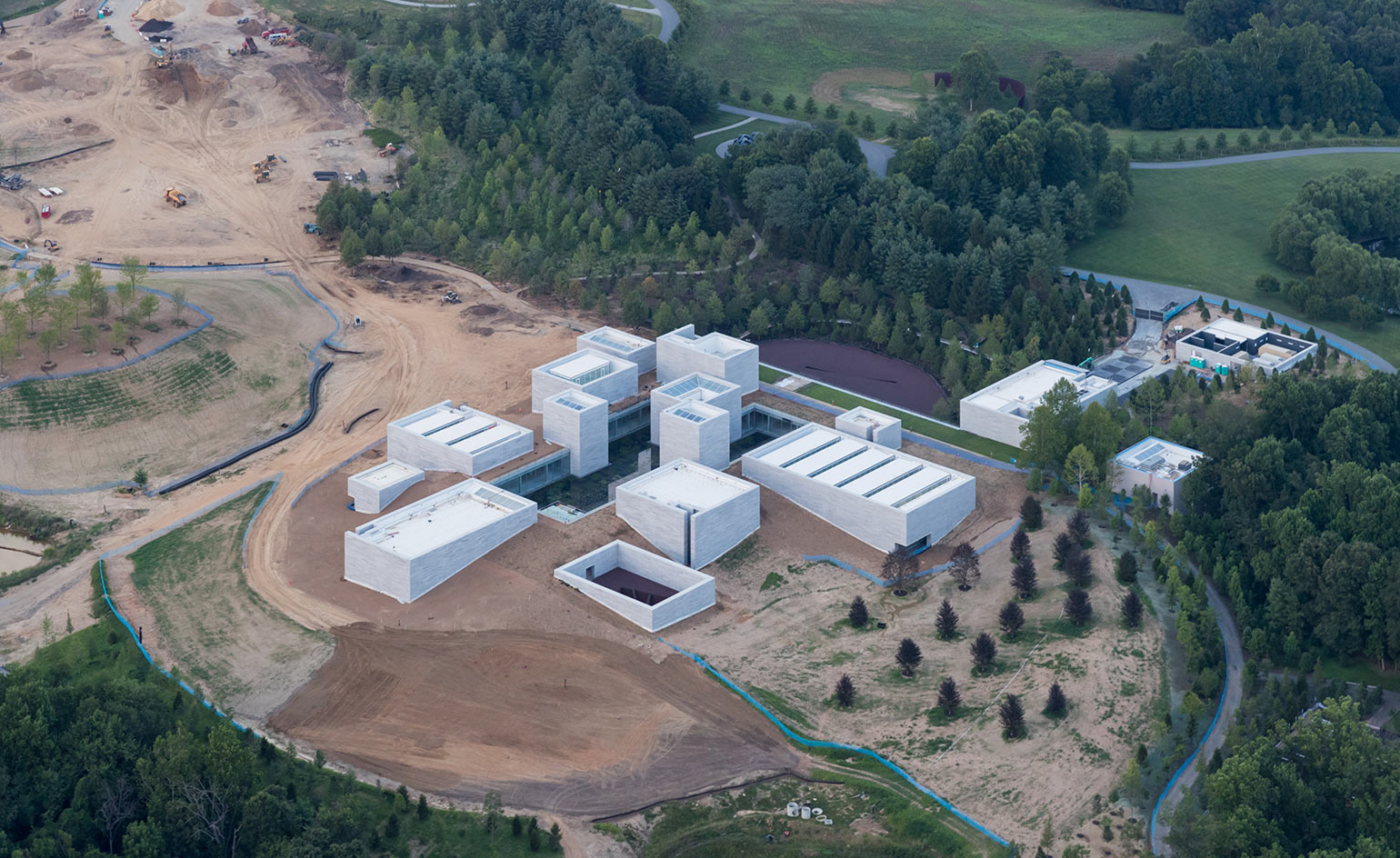
The project increases the exhibition space from 9,000 to 59,000 square feet, and adds about 130 acres of pastoral, tree-filled landscape by Peter Walker and Partners.

As visitors approach the museum, they will be welcomed by a complex known as The Pavilions.

The architects wanted to create a space that helps the visitor 'slow down'.
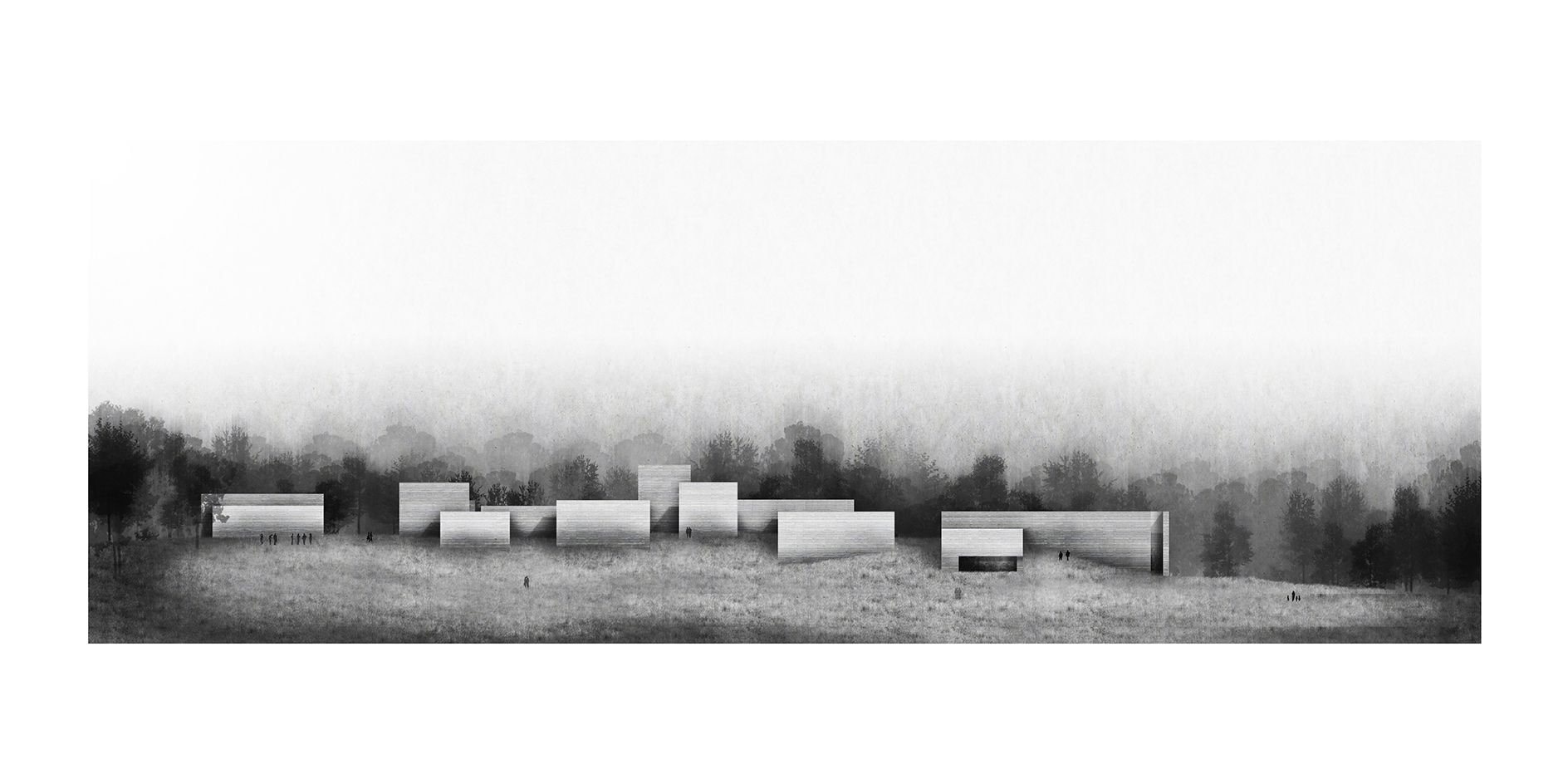
Some of the pavilions will be dedicated to single artists, others to rotating exhibitions.
INFORMATION
For more information visit the Thomas Phifer and Partners website
Wallpaper* Newsletter
Receive our daily digest of inspiration, escapism and design stories from around the world direct to your inbox.
-
 This new Vondom outdoor furniture is a breath of fresh air
This new Vondom outdoor furniture is a breath of fresh airDesigned by architect Jean-Marie Massaud, the ‘Pasadena’ collection takes elegance and comfort outdoors
By Simon Mills
-
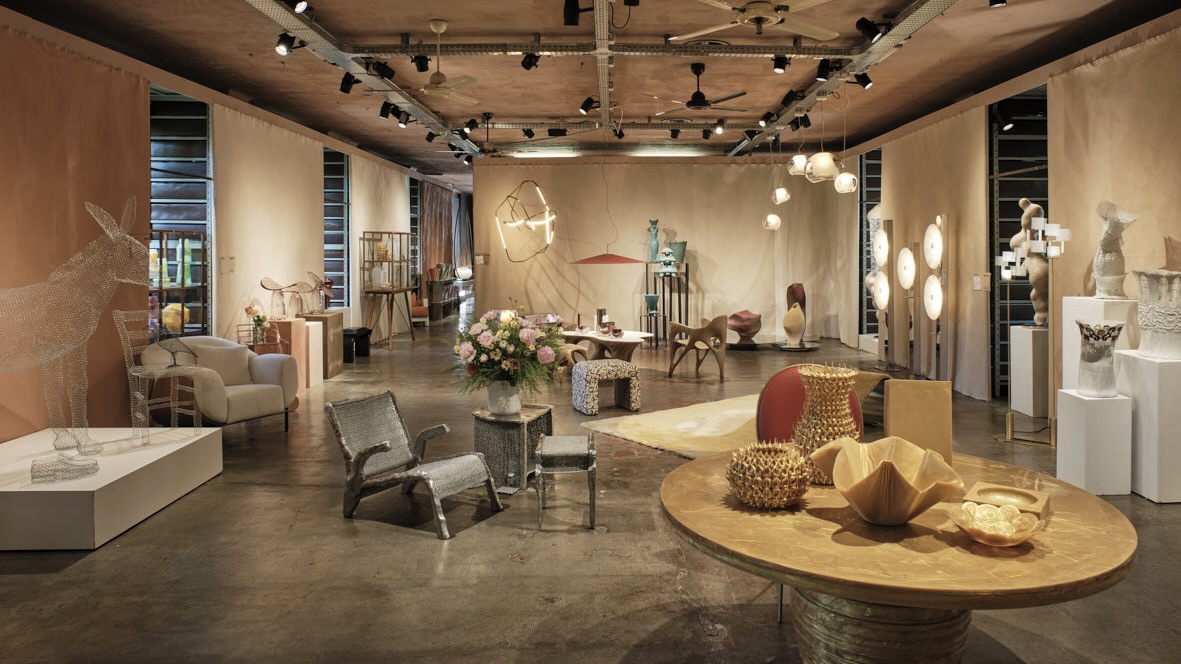 Eight designers to know from Rossana Orlandi Gallery’s Milan Design Week 2025 exhibition
Eight designers to know from Rossana Orlandi Gallery’s Milan Design Week 2025 exhibitionWallpaper’s highlights from the mega-exhibition at Rossana Orlandi Gallery include some of the most compelling names in design today
By Anna Solomon
-
 Nikos Koulis brings a cool wearability to high jewellery
Nikos Koulis brings a cool wearability to high jewelleryNikos Koulis experiments with unusual diamond cuts and modern materials in a new collection, ‘Wish’
By Hannah Silver
-
 We explore Franklin Israel’s lesser-known, progressive, deconstructivist architecture
We explore Franklin Israel’s lesser-known, progressive, deconstructivist architectureFranklin Israel, a progressive Californian architect whose life was cut short in 1996 at the age of 50, is celebrated in a new book that examines his work and legacy
By Michael Webb
-
 A new hilltop California home is rooted in the landscape and celebrates views of nature
A new hilltop California home is rooted in the landscape and celebrates views of natureWOJR's California home House of Horns is a meticulously planned modern villa that seeps into its surrounding landscape through a series of sculptural courtyards
By Jonathan Bell
-
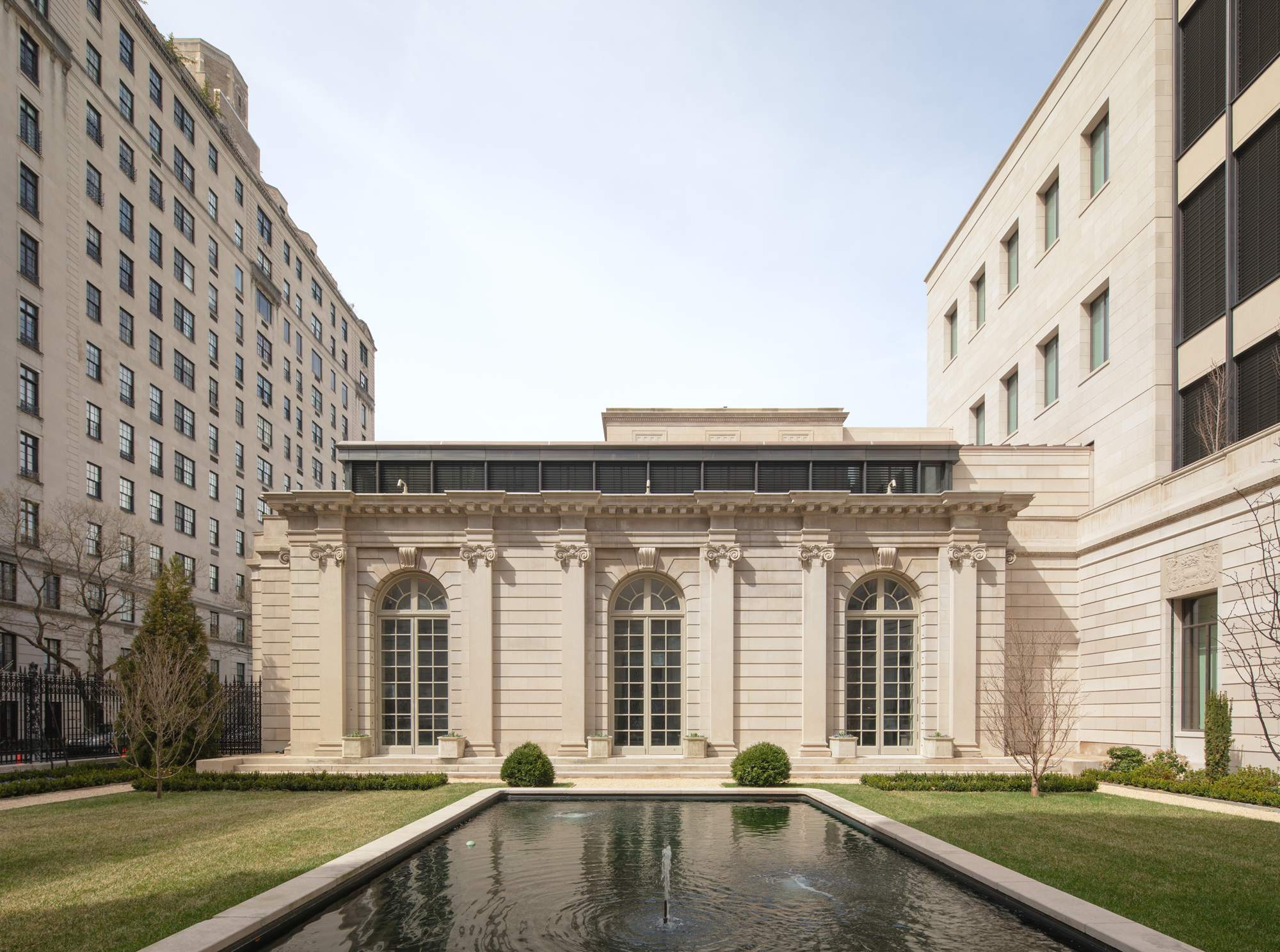 The Frick Collection's expansion by Selldorf Architects is both surgical and delicate
The Frick Collection's expansion by Selldorf Architects is both surgical and delicateThe New York cultural institution gets a $220 million glow-up
By Stephanie Murg
-
 Remembering architect David M Childs (1941-2025) and his New York skyline legacy
Remembering architect David M Childs (1941-2025) and his New York skyline legacyDavid M Childs, a former chairman of architectural powerhouse SOM, has passed away. We celebrate his professional achievements
By Jonathan Bell
-
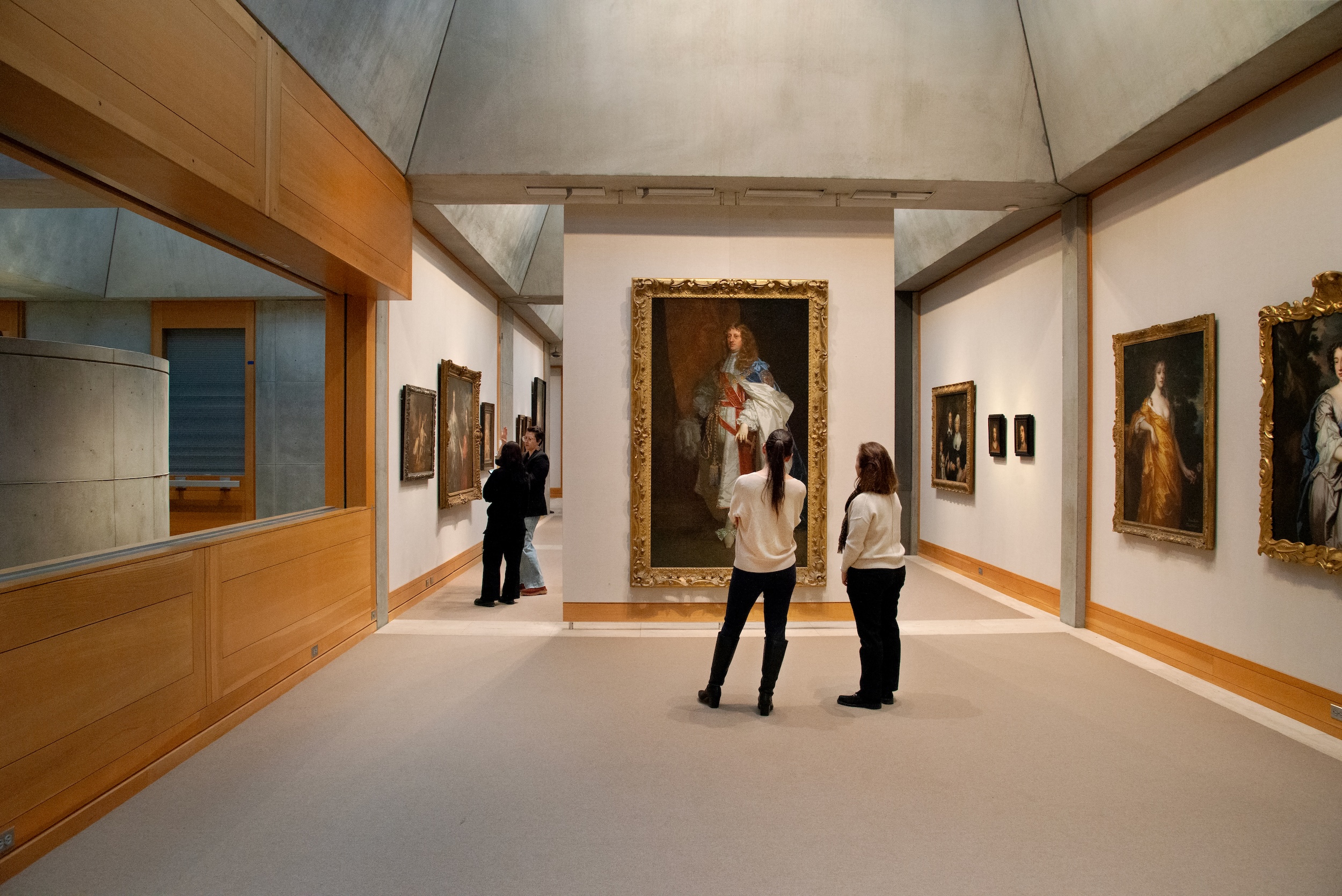 The Yale Center for British Art, Louis Kahn’s final project, glows anew after a two-year closure
The Yale Center for British Art, Louis Kahn’s final project, glows anew after a two-year closureAfter years of restoration, a modernist jewel and a treasure trove of British artwork can be seen in a whole new light
By Anna Fixsen
-
 The upcoming Zaha Hadid Architects projects set to transform the horizon
The upcoming Zaha Hadid Architects projects set to transform the horizonA peek at Zaha Hadid Architects’ future projects, which will comprise some of the most innovative and intriguing structures in the world
By Anna Solomon
-
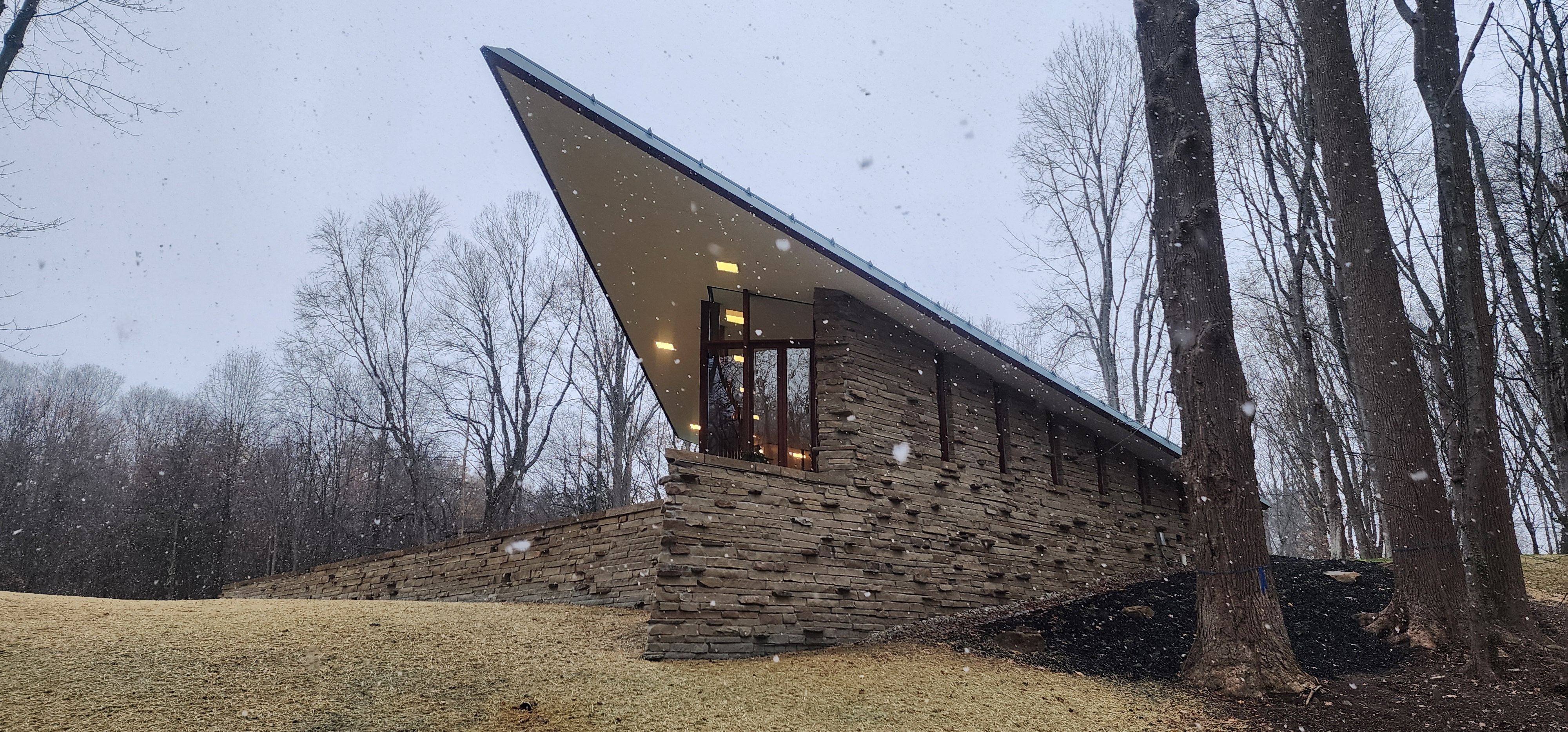 Frank Lloyd Wright’s last house has finally been built – and you can stay there
Frank Lloyd Wright’s last house has finally been built – and you can stay thereFrank Lloyd Wright’s final residential commission, RiverRock, has come to life. But, constructed 66 years after his death, can it be considered a true ‘Wright’?
By Anna Solomon
-
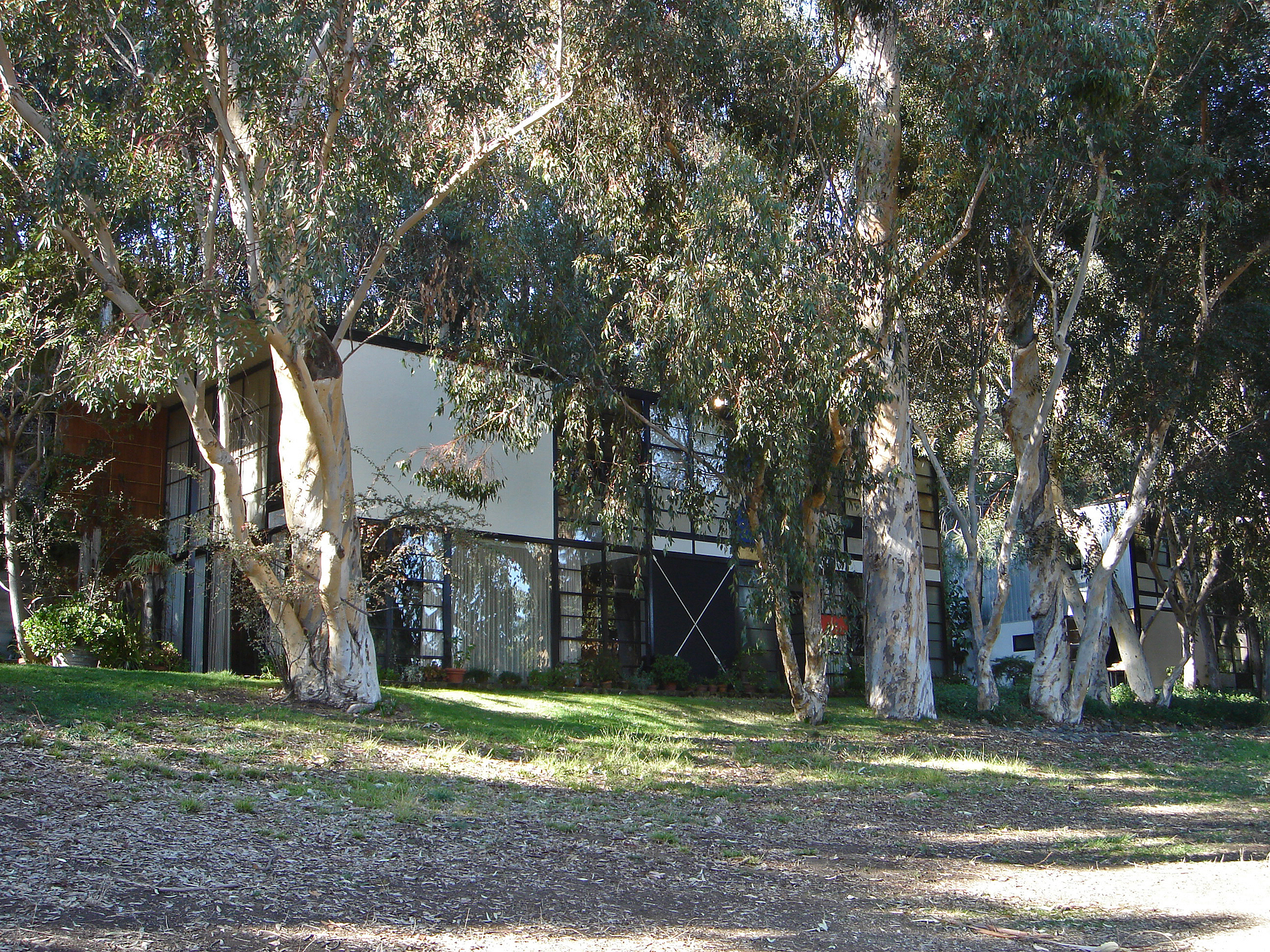 Heritage and conservation after the fires: what’s next for Los Angeles?
Heritage and conservation after the fires: what’s next for Los Angeles?In the second instalment of our 'Rebuilding LA' series, we explore a way forward for historical treasures under threat
By Mimi Zeiger